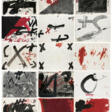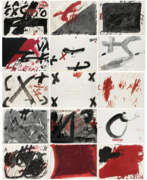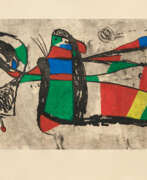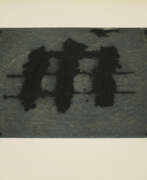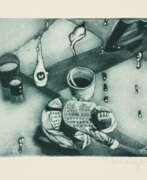Aquatint
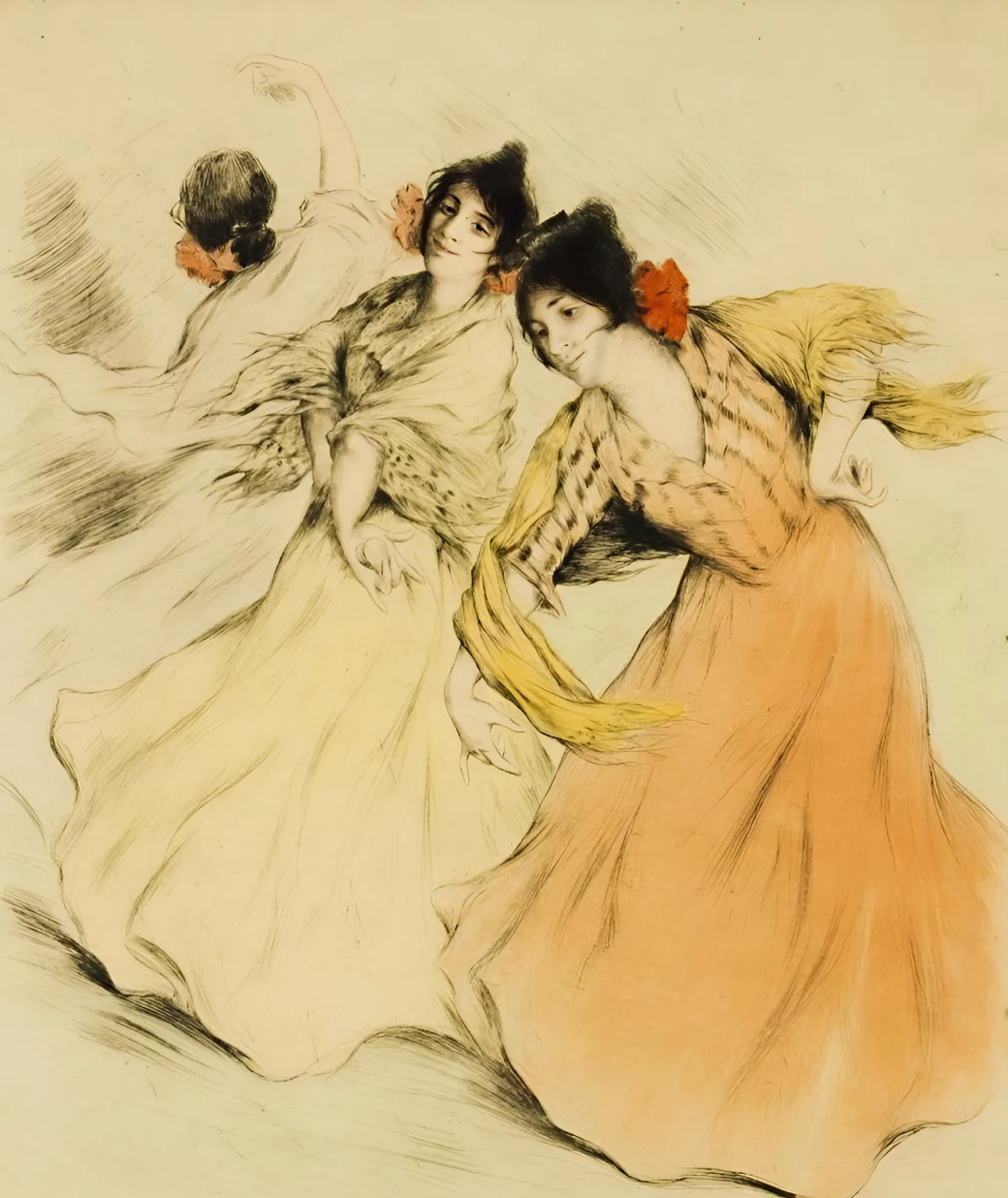
Aquatint
Aquatint is an art technique, primarily used in printmaking, known for creating nuanced, tonal effects. Developed in the 18th century, it allows artists to produce images with soft gradations similar to watercolor washes.
The process involves coating a metal plate with a resin and then etching it with acid to create areas of tone rather than distinct lines. Artists can control the tonal range by varying the exposure time to the acid, enabling a wide spectrum of shades from light gray to deep black.
This technique is renowned for its ability to produce rich textures and subtle variations in shading. Notable works using aquatint can be found in major museums, such as Francisco Goya's "Los Caprichos," which showcases the dramatic potential of the medium.
Aquatint remains a popular technique among printmakers due to its versatility and expressive capabilities. For collectors and experts interested in this technique, signing up for updates can provide alerts on new product sales and auction events related to this fascinating art form.
Subscribe here to stay informed about the latest in aquatint technique, art, and related auctions.
| Country: | Europe, France |
|---|---|
| Start of the period: | XVIII century |
